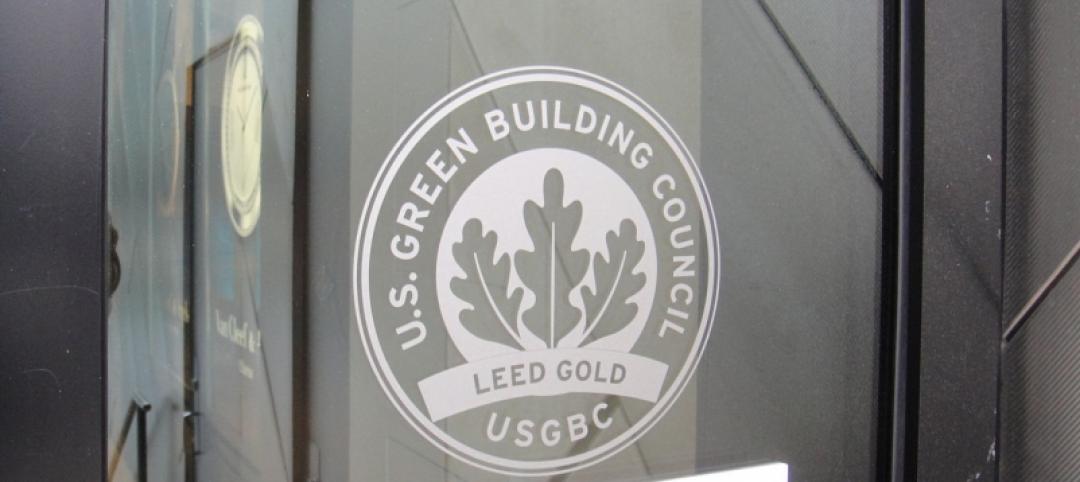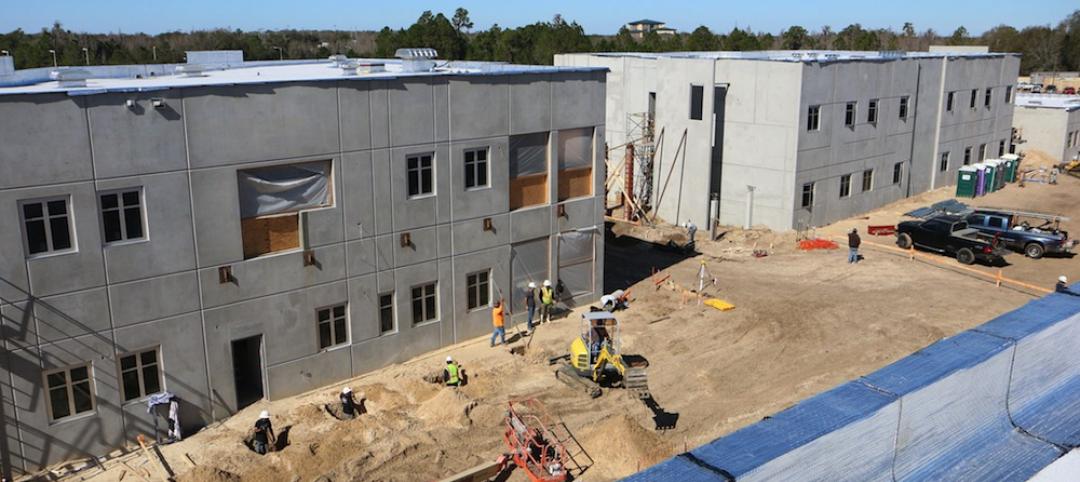It’s been seven years since Hurricane Sandy caused extensive flooding in the New York metro region, and progress on resiliency since then has been slow.
One city planning study called “Resilient Neighborhoods” has focused on communities facing unique risks for coastal flooding. This program produced recommendations to harden these neighborhoods in the Bronx in the spring of 2017. It could be the basis of a more extensive initiative to boost resiliency in New York.
But the city has much more to do to defend itself from another storm of Sandy’s magnitude, with individual property owners facing difficult challenges and concepts for regional coastal defense needing more time to plan and implement due to their considerable complexity. Some code changes, such as one that permits a slight increase in building height to create storage lofts to replace basement space vulnerable to flooding, have been enacted. It will take time for owners to take advantage of this option, though.
Residents of a large co-op development, Edgewater Park, have been slow to make renovations after co-op bylaws and city zoning rules were amended to allow structures to be elevated.
Related Stories
Codes and Standards | Apr 18, 2016
ASHRAE releases proposed energy standard for historic buildings
Designed to balance with preservation requirements.
Codes and Standards | Apr 13, 2016
Canadian city fines itself for failing to get a building permit for building renovation
Guelph, Ontario, will pay a $1,125 fine to the province.
Codes and Standards | Apr 12, 2016
Construction trade groups sue OSHA over silica rule
Cite concerns about technological and economic feasibility.
Codes and Standards | Apr 11, 2016
New LEED 2009 projects will have to meet increased minimum energy performance
New requirements went into effect April 8.
Wood | Apr 8, 2016
New LEED Pilot ACP designed to help eliminate irresponsibly sourced materials
Illegal wood is primary target to restrict illicit material in the supply chain.
Lighting | Apr 5, 2016
Lighting requirements for high-rise dwellings proposed for energy standard
The requirements would effectively eliminate incandescent and halogen bulbs.
Steel Buildings | Apr 4, 2016
AISI publishes Cold-Formed Steel Framing Design Guide, 2016 Edition
Updates 2007 edition; includes five comprehensive design examples.
Data Centers | Apr 1, 2016
ASHRAE releases publication on the impact of IT equipment on data center design
The book offers advice for designing structures in the fast-changing data center industry.
Codes and Standards | Mar 28, 2016
Occupant egress simulations that impact codes fall short, researchers say
Building evacuations in emergencies are too dangerous as a result.
School Construction | Mar 28, 2016
National report on school buildings reports $46 billion annual funding shortfall
Millions of students said to be learning in obsolete facilities.

















